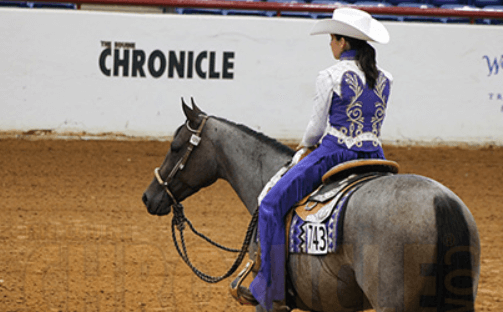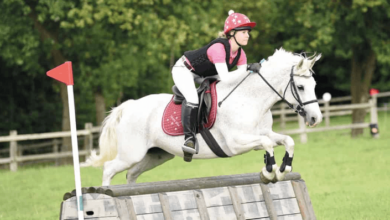What is the judging criteria in western pleasure?

Introduction
Western Pleasure, a cornerstone of equestrian sports, captivates audiences with its graceful demonstration of horse and rider harmony. But what lies beneath this serene presentation is a complex set of judging criteria designed to evaluate the duo’s performance meticulously. This article unfolds the layers of Western Pleasure, offering insights into its judging standards and how competitors can excel.
What is Western Pleasure?
Western Pleasure is a competitive equestrian event focusing on the calm, relaxed, and smooth performance of a horse at various gaits, judged under a specific set of criteria. This discipline emphasizes the horse’s ability to provide a pleasant ride, showcasing its training, temperament, and physical attributes.
Judging Criteria in Western Pleasure
Judges in Western Pleasure competitions look for a horse that appears to be a “pleasure” to ride, demonstrating smooth, effortless movements, and a calm demeanor. The criteria include:
- Appearance and Presentation: The overall presentation of the horse and rider, including cleanliness, grooming, and appropriate attire.
- Horse’s Gait and Movement: The quality of the horse’s walk, jog, and lope, focusing on smoothness, rhythm, and consistency.
- Rider’s Attire and Equipment: The appropriateness and condition of the rider’s attire and horse’s equipment.
Horse’s Gait and Movement
The heart of Western Pleasure judging lies in evaluating the horse’s gaits:
- Walk: A four-beat gait that should be steady and ground-covering.
- Jog: A comfortable, two-beat gait showcasing the horse’s ability to move with minimal bounce.
- Lope: A relaxed, three-beat gait that is smooth and rhythmic.
Horse and Rider Appearance
A well-groomed horse and neatly presented rider can significantly influence the judges’ scoring, reflecting the pair’s dedication and professionalism.
Performance and Mannerisms
Judges also assess the horse’s responsiveness to the rider’s commands, the smoothness of transitions between gaits, and the overall demeanor of the horse during the performance.
Penalties and Disqualifications
Understanding what constitutes a fault or grounds for disqualification, such as breaking gait or showing resistance to the rider’s commands, is crucial for competitors.
The Importance of Horse Behavior
A horse’s behavior, including its composure and willingness to perform, plays a significant role in its evaluation by the judges.
Scoring System Explained
Competitions use a point system to rank performances, with judges allocating scores based on the outlined criteria.
Preparing for a Western Pleasure Competition
Preparation involves both physical conditioning and mental training to ensure horse and rider are in sync and ready for competition.
Attire and Equipment
The right attire and equipment not only comply with competition standards but also enhance the presentation of the horse and rider.
Tips for Competitors
Strategies for success include understanding the judging criteria, practicing regularly, and learning from feedback.
Role of Judges
Judges play a critical role, balancing objective criteria with subjective interpretation to determine the winners.
What is the judging criteria in Western Pleasure?
A deep dive into the specifics of what judges look for during competitions, highlighting the importance of each criterion.
Improving Your Scores in Western Pleasure
Advice on how to train effectively and what judges are specifically looking for in winning performances.
The Evolution of Judging Criteria
An exploration of how judging standards have changed over time and what current trends indicate for the future of Western Pleasure.
Conclusion
Western Pleasure remains a beloved and intricate component of equestrian sports, with its judging criteria ensuring that only the best-performing horses and riders achieve top honors. Understanding these standards is key to excelling in the arena, fostering a deeper appreciation for this discipline’s art and skill.







